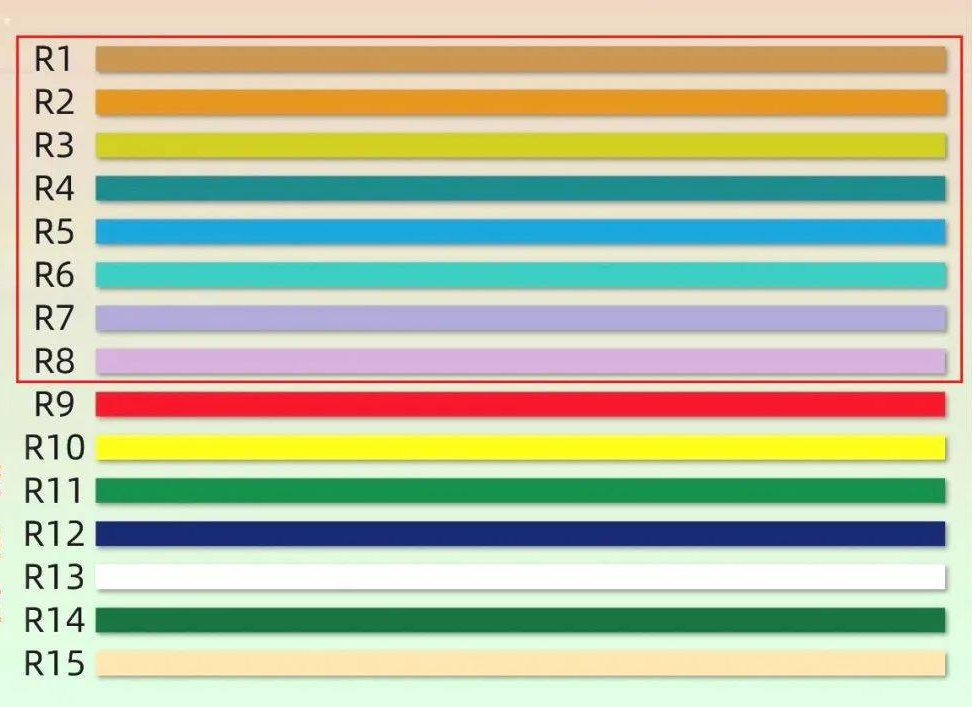![The difference between rgbw and rgb in our life]() The difference between rgbw and rgb in our life
The difference between rgbw and rgb in our life
Dec .02.2023
The use of RGB light sources in our daily lives is becoming increasingly widespread, whether it is used as conventional lighting fixtures or led strip, it is a good product for rendering the atmosphere. Let's learn what they are in this article.
![Something about IK Rating for LED Lighting]() Something about IK Rating for LED Lighting
Something about IK Rating for LED Lighting
Aug .26.2023
We all know that in the lighting industry, in addition to the IP rating, there is also an important factor that is the IK protectrating. This article discusses the IK level.

 Why do full spectrum LED lights have high color rendering index?
Why do full spectrum LED lights have high color rendering index?